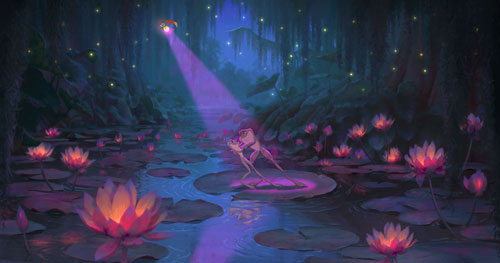
One of Disney’s most engaging animated features in recent memory.
The 1990s were a pretty damn good time for Disney animated films; even though the film that really kicked off their 2nd golden age, THE LITTLE MERMAID, arrived in 1989, nearly all their animated films released subsequently (a list that includes THE LION KING, BEAUTY AND THE BEAST, and ALADDIN) were both critical darlings and box office behemoths. But the early part of the 21st century was not as kind – Pixar’s mix of digital animation, carefully crafted screenplays and rich voice characterization clashed sharply with an unmemorable batch of Disney duds like BROTHER BEAR and HOME ON THE RANGE. Soon, other studios like Fox and DreamWorks entered the fray and made major cake with their own digital efforts (ICE AGE and SHREK, respectively) that emphasized adult-friendly humor and celebrity casting. We can just imagine the uncomfortable board meetings held at the mouse compound where a directive to ‘get with the times’ resulted in films like CHICKEN LITTLE and MEET THE ROBINSONS that seemed to evaporate into the ether immediately after viewing. In 2006, Disney seemed to admit defeat and simply bought Pixar outright, elevating Pixar’s founder, John Lasseter, to “Chief Creative Officer” of Pixar and Disney’s animation division, where one of his first official acts was to set Disney back on the path of hand-drawn animation, forcing a reversal of company policy that sent the studio scurrying to rehire the animators it had so recently let go. The first fruit of that labor made its way to theaters in the 2009 holiday season, and arrives on DVD and Blu-Ray this week – THE PRINCESS AND THE FROG. Though nominally based on E D Baker’s ”The Frog Princess” (which was, in turn, inspired by the original Grimm tale “The Frog Prince”), THE PRINCESS AND THE FROG bears little resemblance to either, creating one of Disney’s most engaging animated features in recent memory.
Set in a beautifully rendered 1920s New Orleans, the story centers around Tiana, a seamstress’ daughter who saves every penny to realize her father’s dream of opening a restaurant. Tiana’s mother spent much of her life designing dresses for the wealthy “Big Daddy” La Bouff to bestow on his spoiled but sweet daughter, Charlotte, allowing the two girls the opportunity to grow an unlikely friendship over the years. Charlotte dreams of marrying a prince – even if it means kissing a frog like in the fairy tales read to the girls by Tiana’s mother – while the independent minded Tiana dreams of making her own way in the world. As young women, both almost have their respective dreams within their grasp: Charlotte has her hooks into the recently arrived Prince Naveen, and Tiana has saved just enough tip money to afford the down payment for the restaurant. The trouble begins when the local voo doo practitioner, Dr. Facilier, learns a few very useful facts: that the Prince is actually penniless and looking for a new revenue stream – preferably a young, attractive one – and that his long suffering servant would jump at the chance to trade places with his royal boss. Things come to a head at the party thrown by Big Daddy to welcome the Prince, as Tiana finds that she has a few days to up her bid or lose her dream location for the restaurant, prompting her to swallow her pride, and – in classic Disney tradition – wish upon a star, only to be presented with a Prince in a rather difficult situation.
Put simply, The Princess and the Frog is one of the very best animated films that we’ve seen in the last few years; its bouncy, energetic score evokes a dream-like (and charmingly Disneified) New Orleans, decked out in all its colorful jazz age glamour. As a return to hand-drawn animation, the film is a complete success, demonstrating a warmth that still remains outside the province of most digital animation. While the script represents a bit of an Achilles heel with the poorly developed Prince Naveen – one that may prevent the film from being remembered alongside Aladdin and The Little Mermaid, the previous hits from Princess co-directors Ron Clements and John Musker – the charm of Tiana is ample compensation.
Disney heavily touted the addition of an “African American” Princess character to its animation stable in the months leading up to the release of The Princess and the Frog, and we will admit to catching a whiff of the ever popular ‘urbanization’ (see either Alvin & the Chipmunks film for the depths that this can sink to – honestly, folks, it’s an insult to everyone). Ethnicity is actually quite deftly handled in the film; divisions of race (while Big Daddy is noticeably the only affluent character in the piece) aren’t ignored, but the story wisely sidesteps making a race-class statement and plows ahead with a celebration of Afro-American New Orleans life.
The show’s most memorable character, however, is the villainous voodoo conman, Dr. Facilier, voiced by the great Keith David (whom we vividly remember questioning another character’s belief in “voodoo bullshit” in John Carpenter’s The Thing). Keith has been an in-demand voice actor for years now, but this material seems tailor-made for his buttery intonations. Physically, the character bears a close resemblance to the similarly sinister character played by Jeffrey Holder in Live and Let Die, and really pushes the envelope of acceptable levels of ‘horror’ in a children’s film. John Goodman has been doing variations on the Big Daddy role going all the way back to The Big Easy, but damned if you ever catch him phoning it in. And though the name might not be familiar, nearly anyone who has watched prime time television in the last 5 years will recognize the voice of Bruno Campos coming out of Prince Naveen.
There’s an early sequence in The Princess and the Frog that plays along with one of the Academy Award-nominated songs, “Almost There,” as Tiana dreams about the nightclub she has been saving for. This wonderful sequence – along with Facilier’s gleefully macabre number, “Friends on the Other Side” –showcases the traditional Disney animation style at its best. And though it doesn’t quite sustain the energy of its crazy-fun first half, this is still our favorite Disney film in years.
Our review copy of The Princess and the Frog was the familiar 3-disc format that the studio has been using for their high-profile HD releases: a BD, a DVD with limited bonus materials, and a digital copy DVD – a nice option for those without BD players but with an eye pointed to the future. The image on the BD is little short of breathtaking. The 1080p image achieves a level of perfection that is usually reserved for digital animation; the film has a uniquely warm color palette and the images almost seem to glow from within – this is a flawless presentation.
As usual, all the extras are presented in HD, though the pickings feel a little slight, with more EPK-style featurettes than we usually like (“Disney’s Newest Princess,” in particular, feels too much like studio back-slapping and self promotion). We did enjoy “Conjuring the Villain,” as he was our favorite character, and had limited fun with the storyboard feature that lets you watch the original visual conception of the film along with the audio track.
[serialposts]
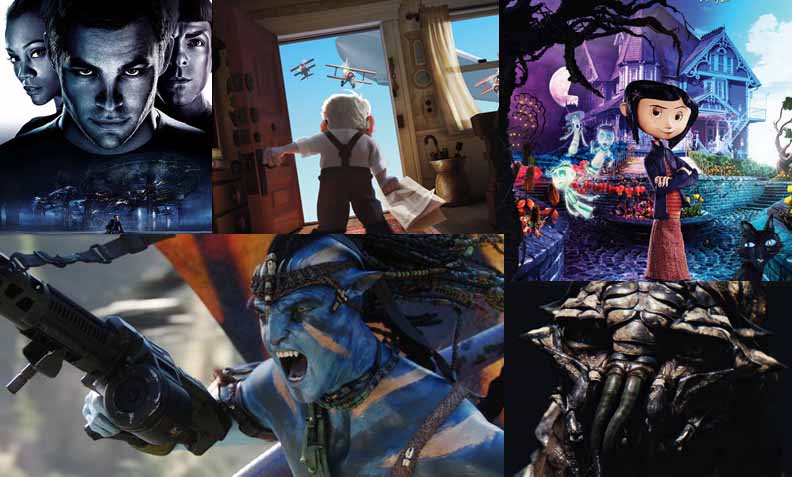
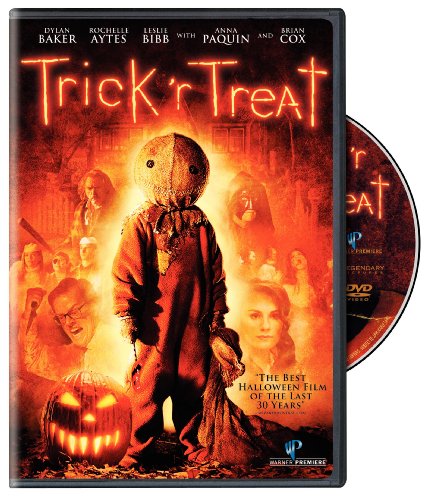




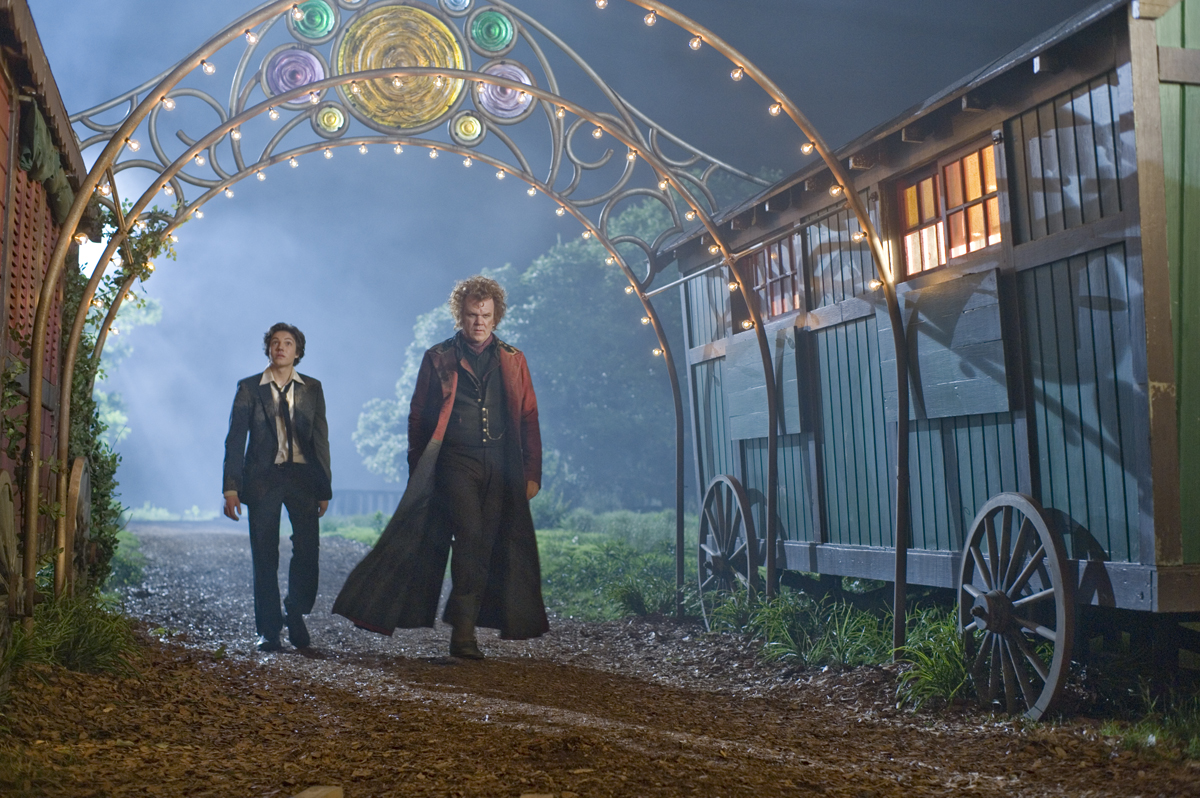

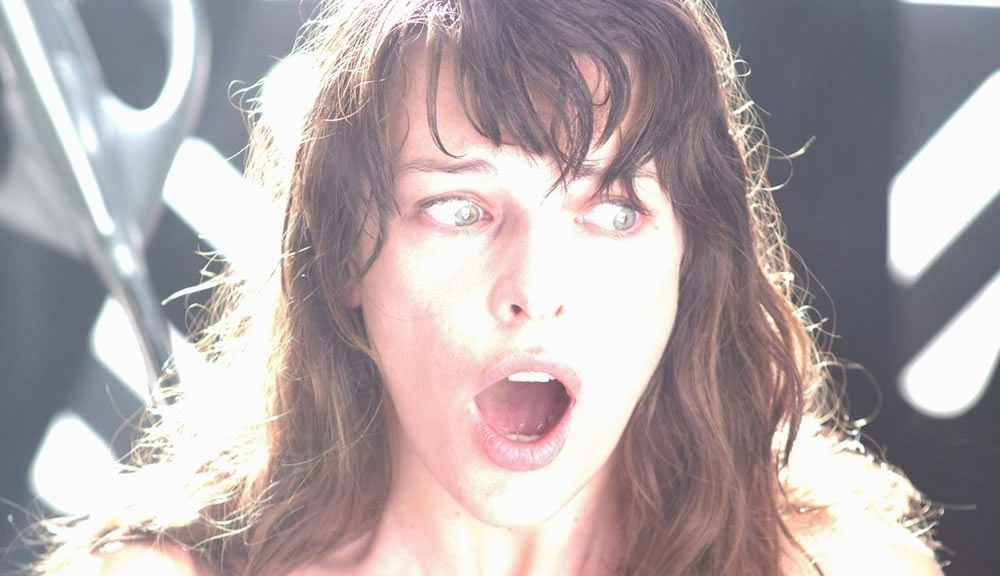
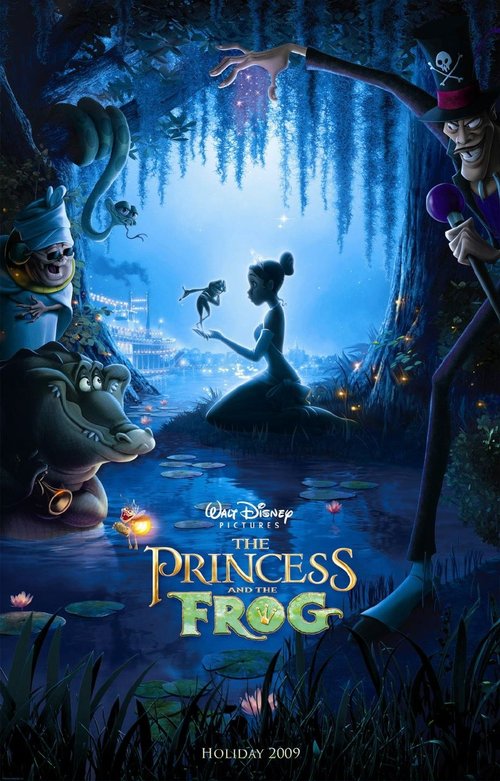
 Things do awry, however, when a frog – who was transformed by the sinister Dr. Facilier – thinks Tiana is a princess after seeing her dressed in a tiara and an elegant gown at a costume ball. He talks her into kissing him so that he can be turned back into his princely self, but because she’s not really a princess the kiss backfires, and poor Tiana is transformed into a frog as well.
Things do awry, however, when a frog – who was transformed by the sinister Dr. Facilier – thinks Tiana is a princess after seeing her dressed in a tiara and an elegant gown at a costume ball. He talks her into kissing him so that he can be turned back into his princely self, but because she’s not really a princess the kiss backfires, and poor Tiana is transformed into a frog as well.